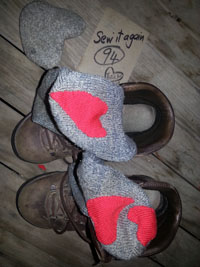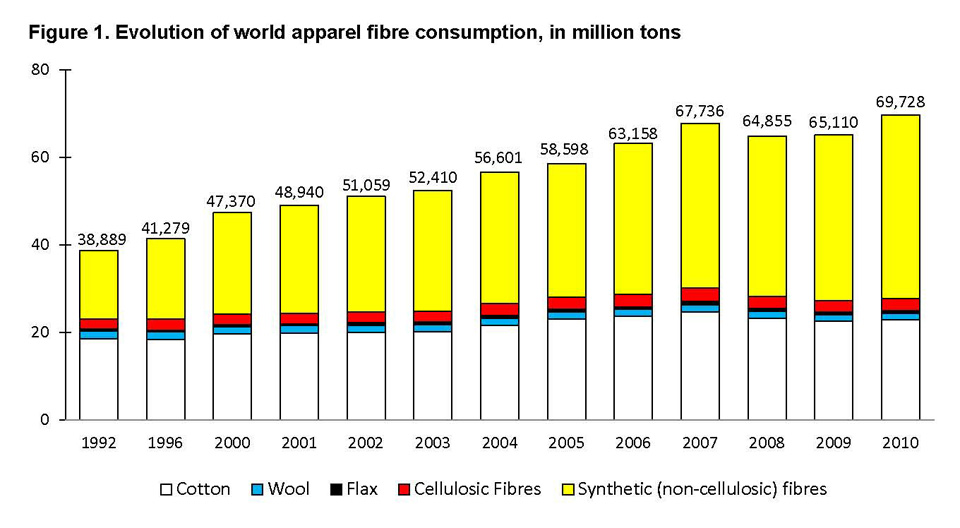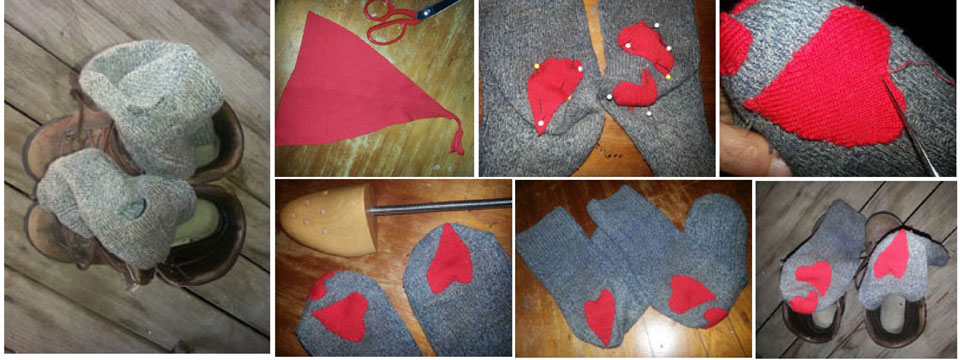 Being mindful about consumption – of food, energy, clothing, technology, sweet stuff – leads to outcomes that are best for our selves and our world.
Being mindful about consumption – of food, energy, clothing, technology, sweet stuff – leads to outcomes that are best for our selves and our world.
A recent Rabobank calculation found that every minute there are 158 new mouths to feed (and dress) in the world and that by 2050, on current trends, there will be just 0.5 hectares of land per person on the planet.
From my own research last year, this graph (below) from a FAO World Apparel Fibre Consumption Survey visually demonstrates the rate of fibre use increasing by 80 percent in two decades. The report is written from a consumption perspective on recession impacts but I interpret it as an overall warning because per capita consumption between 1992 and 2010 increased from 7 to 11kgs per person per year.
 Most of the increase has been in synthetic fibres made with petroleum rather than natural fibres. While both consume resources in their production, natural fibres retain integrity and are more readily recycled.
Most of the increase has been in synthetic fibres made with petroleum rather than natural fibres. While both consume resources in their production, natural fibres retain integrity and are more readily recycled.
These realities sparked my Sew it Again project this year to demonstrate and share ways we can upcycle existing natural fibre clothing instead of just tossing it to landfill and buying new.
It is affirming to find others around the world working in similar ways to influence our prevailing culture of consumption – desire, buy, use, reject and toss.
Repair is the April theme for the Hong Kong-based Get Redressed campaign, following January-March themes of repurpose, durability and on-trend.
And in the United Kingdom, Sheffield Hallam University has a Make Do and Mend project led by Dr Alison Gwilt. Its website says that until the mid 20th century in Western society, cloth was considered to be a valuable commodity and clothes were regularly maintained and repaired to prolong garment use. Today the value attributed to clothing has dramatically changed and the practice of repairing or altering clothing has largely disappeared. There’s a great video (scroll to the bottom and click on Project Media) of a Made Do and Mend workshop which shows a range of attitudes and approaches to mending and repairing.
My own repair today is favourite wool socks purchased in 2009 for the beginning of my journey with the Australian Rural Leadership Program, a fortnight in the Kimberly wilderness of Western Australia. These socks have served me well but they were expensive, the only defect being holes at the ankle where they rub the back of my boots.
Instead of tossing them out, Sew 94 is a small hand-sew effort that involves stitching woollen pieces cut from an old jumper over the holes (offcuts from Sew 52). I used cotton thread to stitch the red heart-shaped pieces in place – and can confirm there was no rubbing or blisters on my hour-long walk this morning. The other more traditional option would be darning the hole with knitting wool.

Improve your sox life!
Don’t let your heart sink, ditch wearing your heart on your sleeve,
Put you hands to your socks and get those hearts on your ankles.